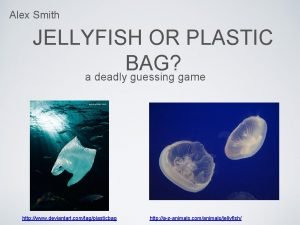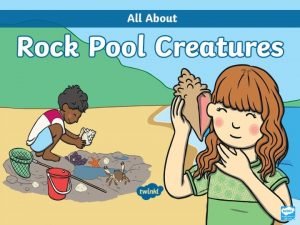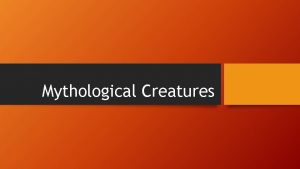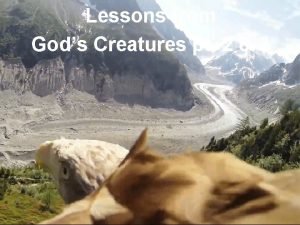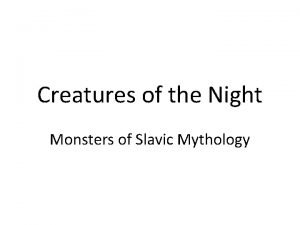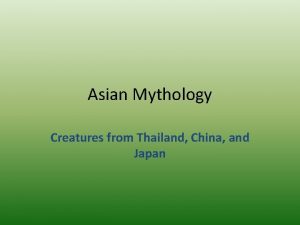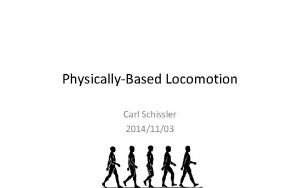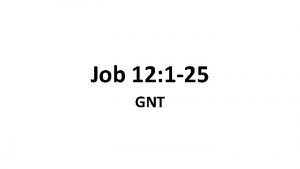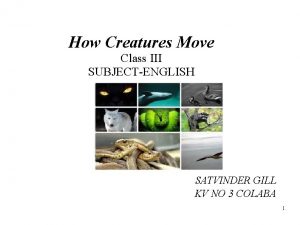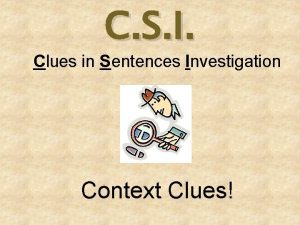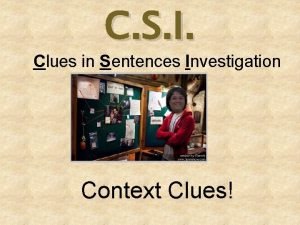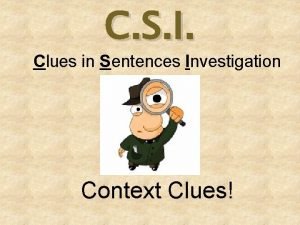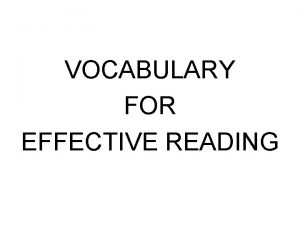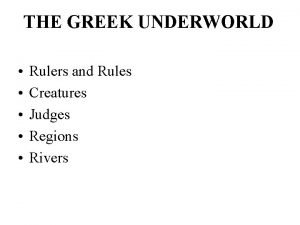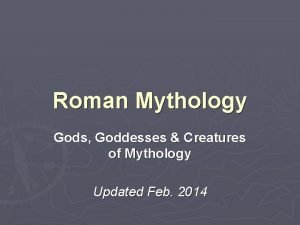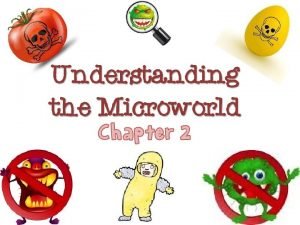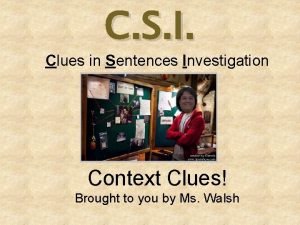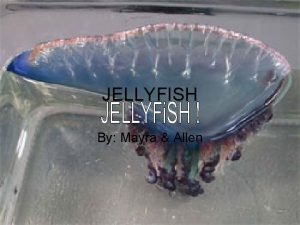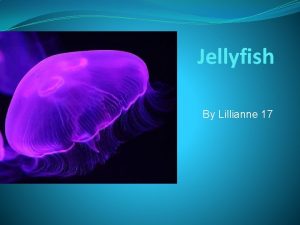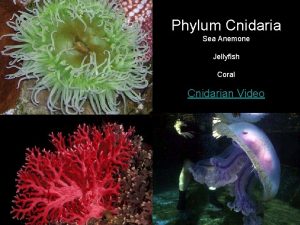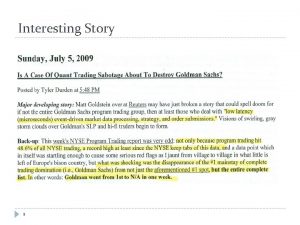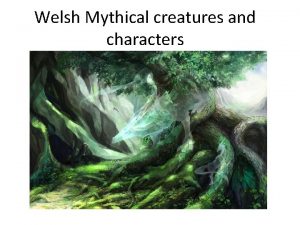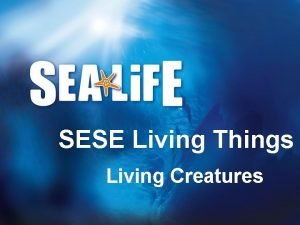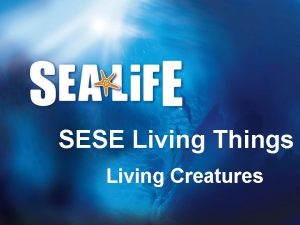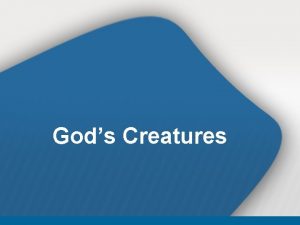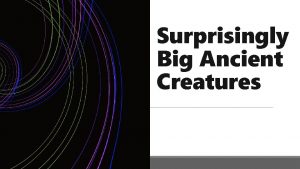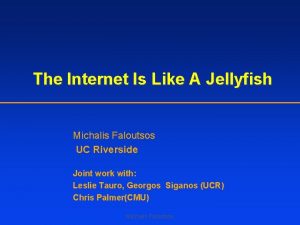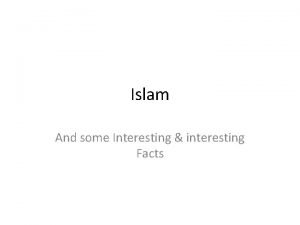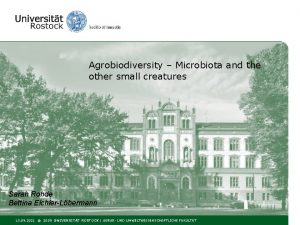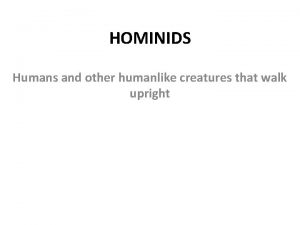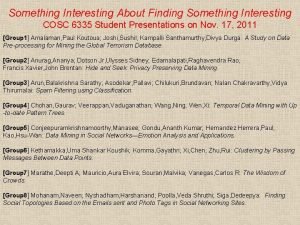Jellyfish and other Interesting creatures Of the Internet























- Slides: 23

Jellyfish, and other Interesting creatures Of the Internet Scott Kirkpatrick, Hebrew University with Avishalom Shalit, Sorin Solomon, Shai Carmi, Eran Shir, and Yuval Shavitt 8 August, 2005 Copyright, Pixar, Inc. 2003

DIMES – Internet topology map • Previous efforts to measure the Internet have used: – One machine + Traceroute to many destinations – Many* machines, specially deployed to traceroute to many destinations • * Many <= 50 because of management headaches • Sites restricted to academic or gov’t labs, on network backbone • General perception was that Law of Diminishing Returns has set in • http: //www. netdimes. org seems to have made a breakthrough – Don’t manage machines, offer a very lightweight, limited purpose client, and collect its measurements centrally • 100 – 1000 clients via word-of-mouth (Sep 04 to April 05) • 1000 – 5000 clients achieved via press, slashdot, still in the geek community – (May 05 -- ? ) • 5000 – 50000 clients in the general public by offering services in return – Somewhere in the 5000 -10000 client range, we have the network monitoring itself, and the possibility that it can also manage itself in real time.

AS map for July 2005 BGP • 20585 nodes • 45720 edges • <k> = 4. 44 DIMES • 14332 nodes • 60134 edges • <k> = 8. 39 33, 862 edges + 11, 858 edges 81, 672 edges <k> > 7. 80 24, 182 in both maps 35, 952 new edges

Exploring the DIMES AS-graph • • We consider the Internet at the level of its autonomous systems (ASes) Previous studies have used degree as indicator to decompose networks – In particular, the Faloutsos’ “jellyfish model” • Identify core of network as maximal clique (not a robust criterion) • Shells around network labeled by hop count from core (a small world) • Find that sites with few links often connect to those with high degree • • We consider longer-range connectivity, using k-pruning. K-core, K-shell, and K-crusts result – K-shell is “derivative” of K-core, K-crust is union of K-shells – Near power-law structure of a new “inflow” region is observed – K-shells are not connected, but K-crusts have a giant cluster • For Erdos-Renyi graphs, K-core is w. h. p. K-connected. For scale free? • Result – focus attention on the capabilities of the inflow region, in support of P 2 P, chat, local traffic. Next steps – reachability is much harder than percolation. •

How does original degree map into k-shell?

AS K-shell decomposition

IP K-shell decomposition

K-shell decomposition

K-crusts show percolation threshold These are the hanging tentacles of our (Red Sea) Jellyfish Largest cluster in each shell Data from 01. 04. 2005

The K-core is at least K-connected

Now offering: monthly public stats

K-shell for network visualization Using La. Net-Vi http: //xavier. informatics. indiana. edu/lanet-vi

Michalis Faloutsos’ Jellyfish Shells 3 2 1 Core • Highly connected nodes form the core • Each Shell: adjacent nodes of previous shell, except 1 degree nodes • Importance decreases as we move away from core • 1 -degree nodes hanging • The denser the 1 -degree node population the longer the stem

Meduza ( )מדוזה model In January, the inner core was at K = 30, but this picture persists to the present day, when core is >40. The precise definition of the tendrils: those sites isolated from the largest cluster in all the crusts – they connect only to the core.

Links per site of k-shells to k-core (above) and to k-crust (below)

Where do the links go in Medusa? Early shells (1 -10) link to intermediate shells as well as to the core.

Average distance between sites in a crust

Random scale-free graphs produce the same structure • Seen in both Barabasi-style and Molloy-Reed models of scale free networks

Next steps • New data permits reexamining the clustering behavior – Much data not seen in previous BGP-based studies – This is the major deviation from simple random models – Analyze as a function of k-shell, instead of simply degree • Reachability is not percolation, but can be evaluated – Decision to transmit a message depends on sender and destination, not simply on the existence of a link – Cost of evaluating uphill-downhill reachability is comparable to shortest path

Preliminary reachability data (std data set)

Now add sideways steps at top of path

Now restrict to the 20 -crust

Sideways step less effective inside crust
 Interesting more interesting the most interesting
Interesting more interesting the most interesting Slow and steady wins the race find the predicate
Slow and steady wins the race find the predicate Plastic bag jellyfish
Plastic bag jellyfish Hydra jellyfish
Hydra jellyfish Self initiated other repair examples
Self initiated other repair examples Internet or internet
Internet or internet Rock pool creatures
Rock pool creatures Four living creatures covered with eyes
Four living creatures covered with eyes Hybrid mythological creatures
Hybrid mythological creatures Gods creatures download
Gods creatures download Werewolf slavic mythology
Werewolf slavic mythology Asian mythology creatures
Asian mythology creatures Bulgarian animal myth
Bulgarian animal myth Carl schissler
Carl schissler It is god who directs the lives of his creatures
It is god who directs the lives of his creatures The lion walks on padded paws
The lion walks on padded paws Related words examples
Related words examples Comparison context clues examples
Comparison context clues examples Unbelievable sentence
Unbelievable sentence Context clues meaning
Context clues meaning Underworld rulers
Underworld rulers Diana vesta
Diana vesta Small living creatures tom 23
Small living creatures tom 23 Etymology examples sentences
Etymology examples sentences


